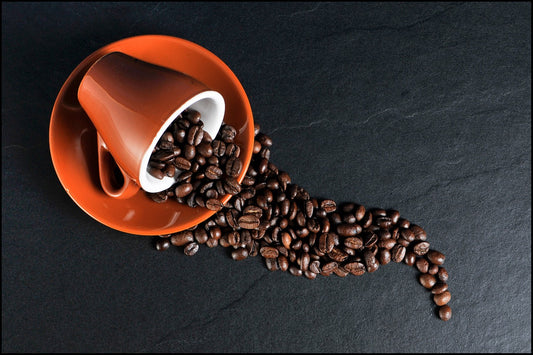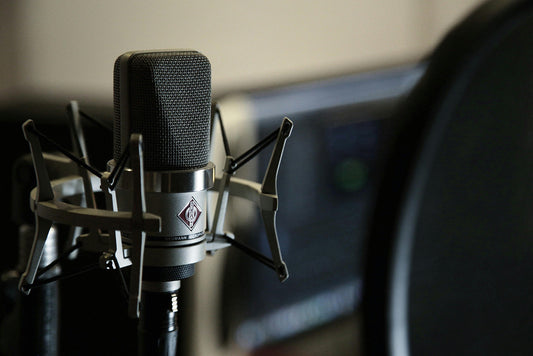Octave Records continues to be a learning experience for both Terri and me. Which is one of the reasons we so love what we do.
As we delve deeper into the process of music making some things remain obvious while others surprise and delight.
For example, it's obvious the better the original recording the closer to live the sound: the right microphone at the right distance with the right preamplifier. And if we were only recording one person, one instrument, one setting the process would be somewhat simple. But, we're not.
Once you get multiple instruments and singers the process gets complicated. The right everything for an individual may or may not mesh well with the other microphones competing in the room. And then there's the process musicians like of laying down a rhythm track and adding vocals after the fact. These need to be pieced together so it sounds as if they were live.
Once recorded, it comes time to mix the many channels together into a coherent 2-channel stereo product. And that's where the challenge becomes exponentially more difficult.
In our minds, we want to maintain the purity of the original recording. Terri and I are purists at heart. So it's not without a little guilt we sometimes alter the original with EQ or a touch of added reverb or (gasp) a smidge of compression. Truly, this stands the hairs on the back of our necks at full attention.
Yet, carefully applied the end result is a more pure version of sound than the raw recording.
There's so much for us to learn.









